- 全部删除
 您的购物车当前为空
您的购物车当前为空
4-hydroxy Nonenal Alkyne
一键复制产品信息4-hydroxy Nonenal (4-HNE) is a major aldehyde produced during the lipid peroxidation of ω-6 polyunsaturated fatty acids, such as arachidonic acid and linoleic acid. It is considered a potential causal agent in numerous diseases, including chronic inflammation, neurodegenerative diseases, atherosclerosis, diabetes, and cancer, in part because it covalently modifies DNA and proteins resulting in genetic mutations and altered cell signaling, respectively. 4-HNE Alkyne is a form of 4-HNE with a terminal alkyne. Such terminal alkyne groups can be used in linking reactions, known as click chemistry, characterized by high dependability and specificity of azide-alkyne bioconjugation reactions. Click chemistry has only recently been applied to the study of oxidized lipids.
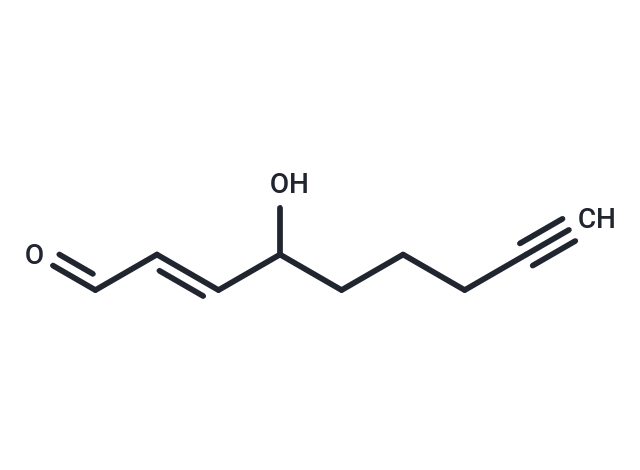
4-hydroxy Nonenal Alkyne
一键复制产品信息4-hydroxy Nonenal (4-HNE) is a major aldehyde produced during the lipid peroxidation of ω-6 polyunsaturated fatty acids, such as arachidonic acid and linoleic acid. It is considered a potential causal agent in numerous diseases, including chronic inflammation, neurodegenerative diseases, atherosclerosis, diabetes, and cancer, in part because it covalently modifies DNA and proteins resulting in genetic mutations and altered cell signaling, respectively. 4-HNE Alkyne is a form of 4-HNE with a terminal alkyne. Such terminal alkyne groups can be used in linking reactions, known as click chemistry, characterized by high dependability and specificity of azide-alkyne bioconjugation reactions. Click chemistry has only recently been applied to the study of oxidized lipids.
| 规格 | 价格 | 库存 | 数量 |
|---|---|---|---|
| 100 μg | ¥ 1,390 | 35日内发货 | |
| 500 μg | ¥ 5,980 | 35日内发货 | |
| 1 mg | ¥ 10,600 | 35日内发货 | |
| 5 mg | ¥ 42,900 | 35日内发货 |
产品介绍
| 产品描述 | 4-hydroxy Nonenal (4-HNE) is a major aldehyde produced during the lipid peroxidation of ω-6 polyunsaturated fatty acids, such as arachidonic acid and linoleic acid. It is considered a potential causal agent in numerous diseases, including chronic inflammation, neurodegenerative diseases, atherosclerosis, diabetes, and cancer, in part because it covalently modifies DNA and proteins resulting in genetic mutations and altered cell signaling, respectively. 4-HNE Alkyne is a form of 4-HNE with a terminal alkyne. Such terminal alkyne groups can be used in linking reactions, known as click chemistry, characterized by high dependability and specificity of azide-alkyne bioconjugation reactions. Click chemistry has only recently been applied to the study of oxidized lipids. |
| 分子量 | 152.19 |
| 分子式 | C9H12O2 |
| CAS No. | 1011268-23-7 |
| 存储 | Powder: -20°C for 3 years | In solvent: -80°C for 1 year | Shipping with blue ice/Shipping at ambient temperature. | ||||||||||||||||||||
| 溶解度信息 | DMF: 2.5 mg/mL (16.43 mM), Sonication is recommended. PBS (pH 7.2): 5 mg/mL (32.85 mM), Sonication is recommended. Ethanol: 12.5 mg/mL (82.13 mM), Sonication is recommended. DMSO: 2 mg/mL (13.14 mM), Sonication is recommended. | ||||||||||||||||||||
溶液配制表 | |||||||||||||||||||||
DMSO/DMF/PBS (pH 7.2)/Ethanol
| |||||||||||||||||||||











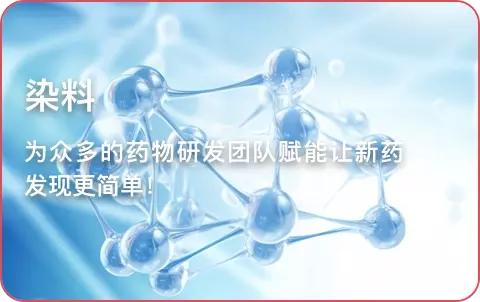




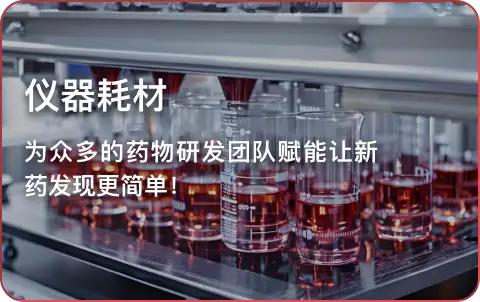
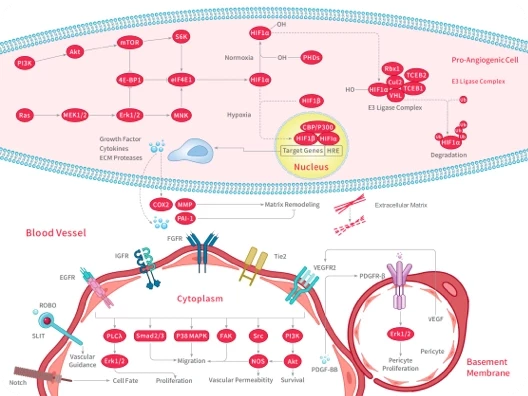

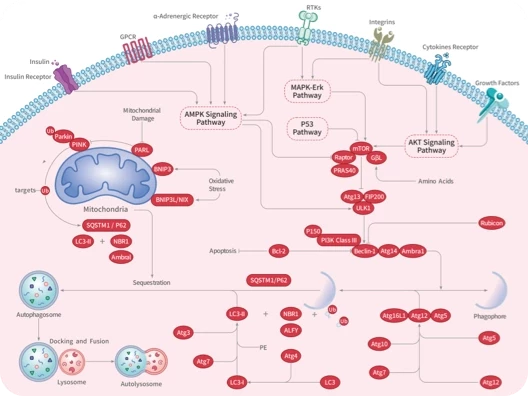

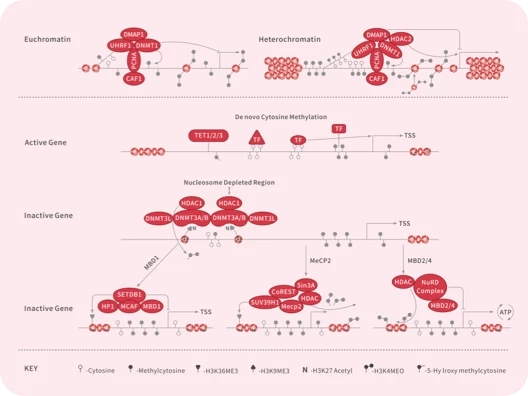
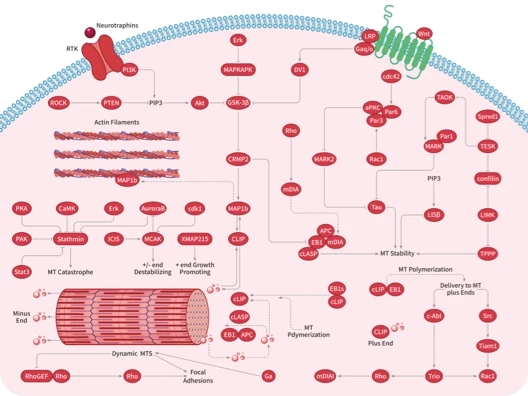
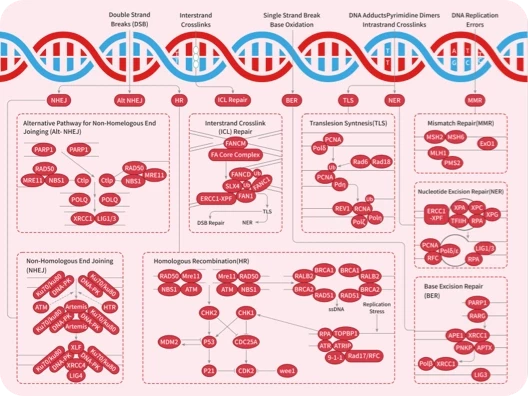
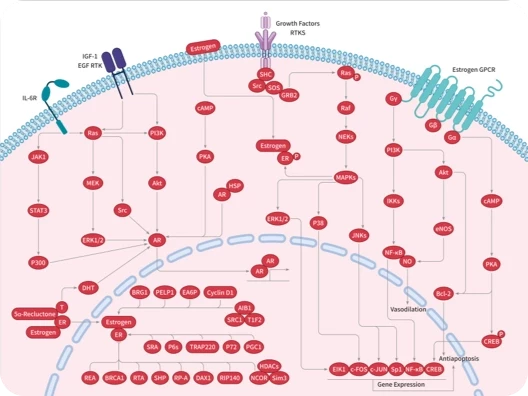
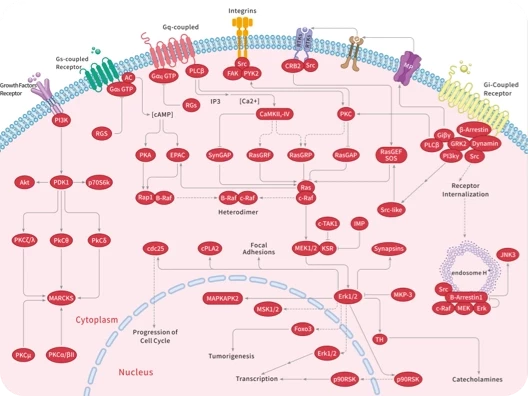
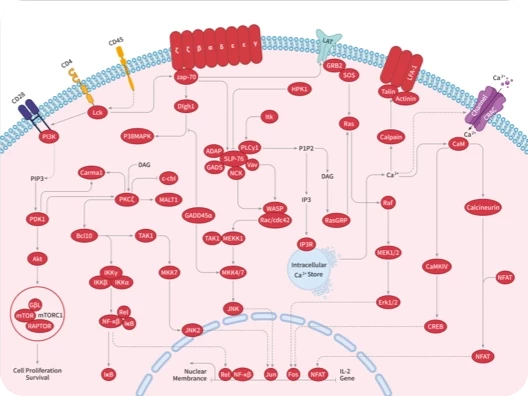
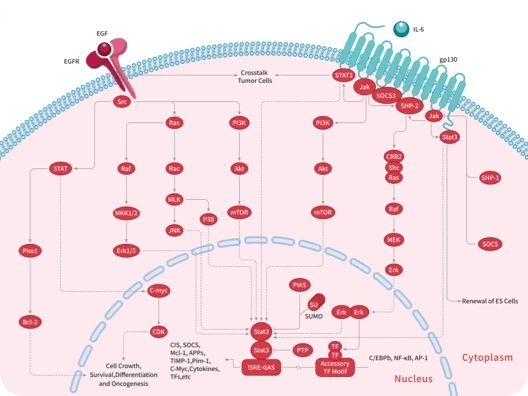
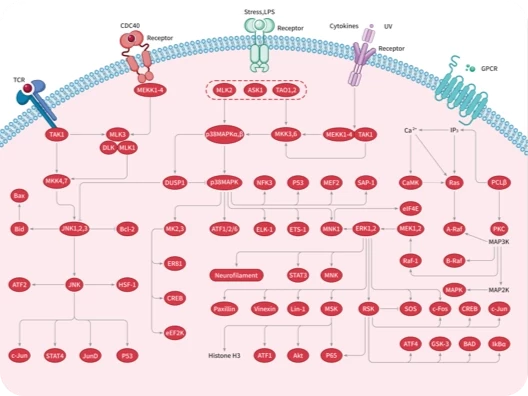
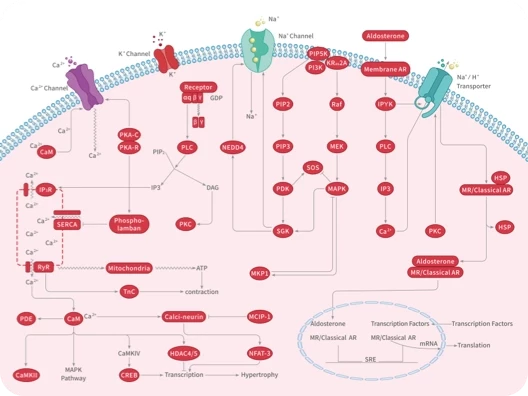
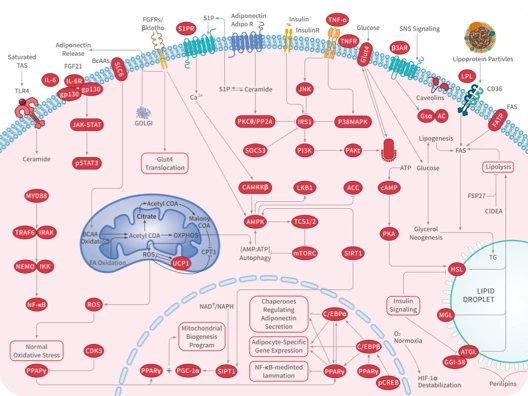
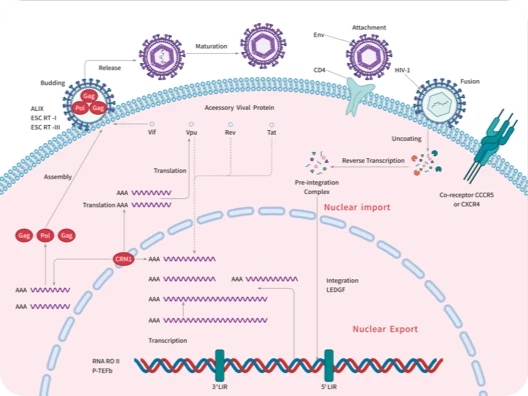

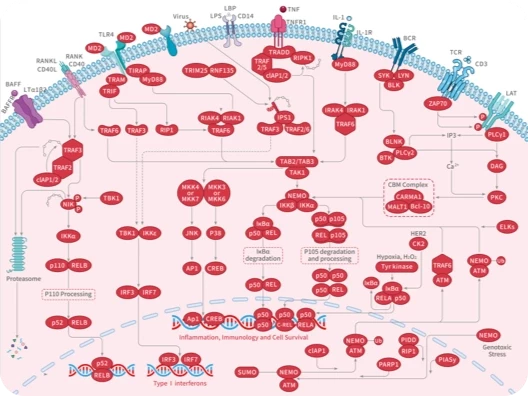
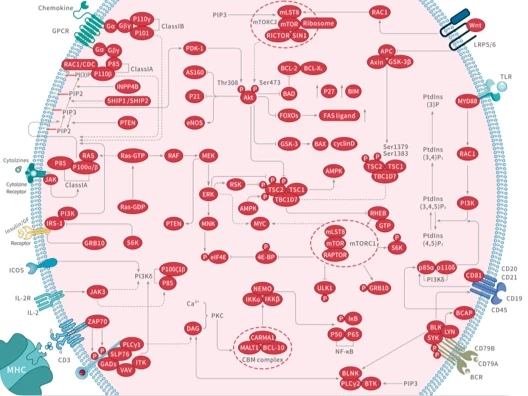
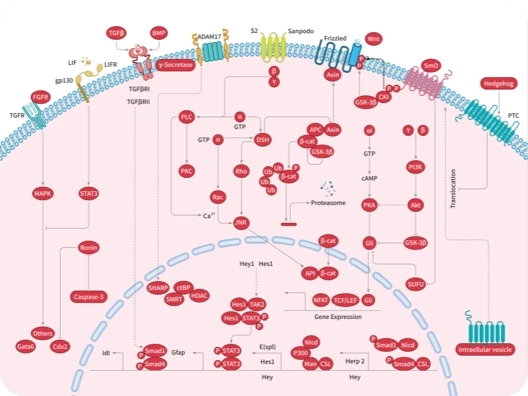
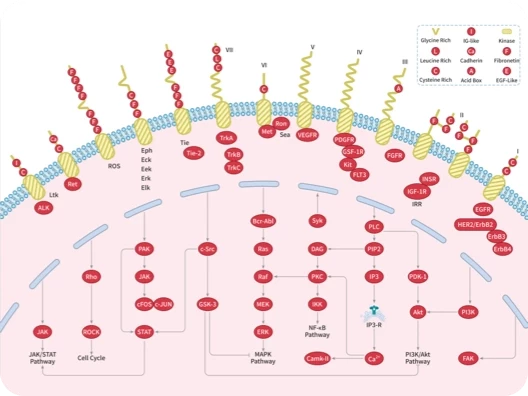
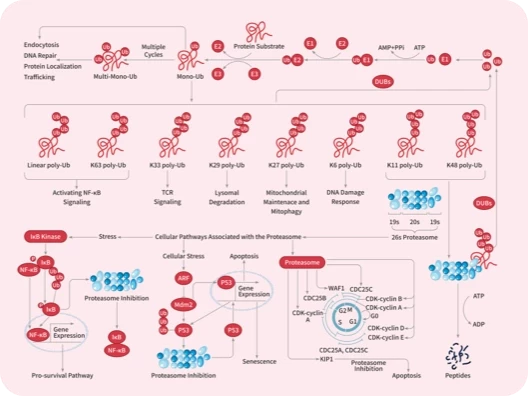


 还可以
还可以

 |
|
评论内容